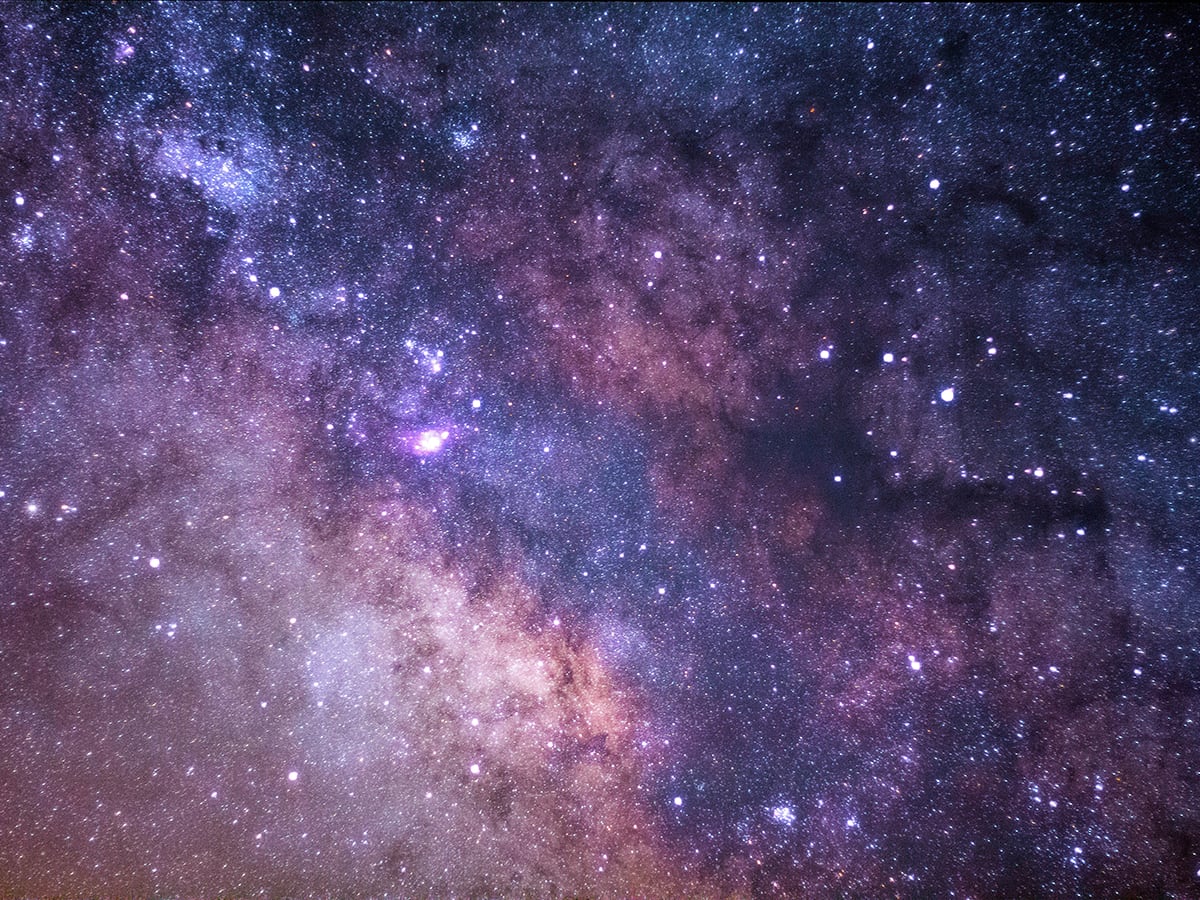‘Oumuamua, the first interstellar object ever observed in our solar system, has been a subject of fascination and debate among scientists since its discovery in October 2017. Named after the Hawaiian term for “scout” or “messenger,” ‘Oumuamua initially appeared to be an elongated, cigar-shaped asteroid. However, its peculiar characteristics and unusual trajectory have sparked numerous theories and discussions among top scientists. In this blog post, we’ll explore the ongoing debate surrounding ‘Oumuamua and its potential implications for our understanding of the cosmos.
- The peculiar characteristics of ‘Oumuamua
The unique features of ‘Oumuamua that have puzzled scientists include:
- Its elongated shape, which is unlike any other known asteroid or comet
- Its rapid rotation and tumbling motion
- Its high reflectivity, indicating a metallic or rocky composition
- The lack of any visible gas or dust emissions, which are typically associated with comets
- Its unexpected acceleration, as it moved away from the Sun
These unusual characteristics have fueled a range of theories and speculations about ‘Oumuamua’s nature and origin.
- Competing theories about ‘Oumuamua
The scientific community has proposed several explanations for ‘Oumuamua’s unique features, including:
- A natural origin: Some scientists argue that ‘Oumuamua could be a fragment of a larger object that was ejected from its home star system. The object’s elongated shape could be the result of its violent ejection, while the lack of visible emissions might be due to the evaporation of any volatile materials during its long interstellar journey.
- A comet: Another theory suggests that ‘Oumuamua could be an exotic type of comet with an unusually high concentration of solid materials. This would explain its rapid rotation and tumbling motion, as well as its lack of visible emissions.
- An artificial origin: A more controversial hypothesis posits that ‘Oumuamua could be an extraterrestrial probe or piece of space debris from an advanced civilization. While this idea has garnered significant media attention, most scientists consider it highly unlikely due to the lack of concrete evidence.
- The ongoing debate and its implications
While ‘Oumuamua’s exact nature remains uncertain, the ongoing debate among top scientists highlights the importance of continued research and observation of interstellar objects. Studying ‘Oumuamua and other similar celestial bodies can:
- Provide insights into the formation and evolution of other star systems
- Help us understand the prevalence of different types of objects in the interstellar medium
- Offer clues about the potential existence of extraterrestrial life and advanced civilizations
Conclusion
The mystery surrounding ‘Oumuamua continues to captivate scientists and the general public alike. Although we may never know the true nature of this enigmatic interstellar visitor, the ongoing debate among top scientists underscores the value of curiosity and exploration in our quest to understand the universe. As we continue to study ‘Oumuamua and other interstellar objects, we can expect to gain valuable insights that will further our understanding of the cosmos and our place within it.

